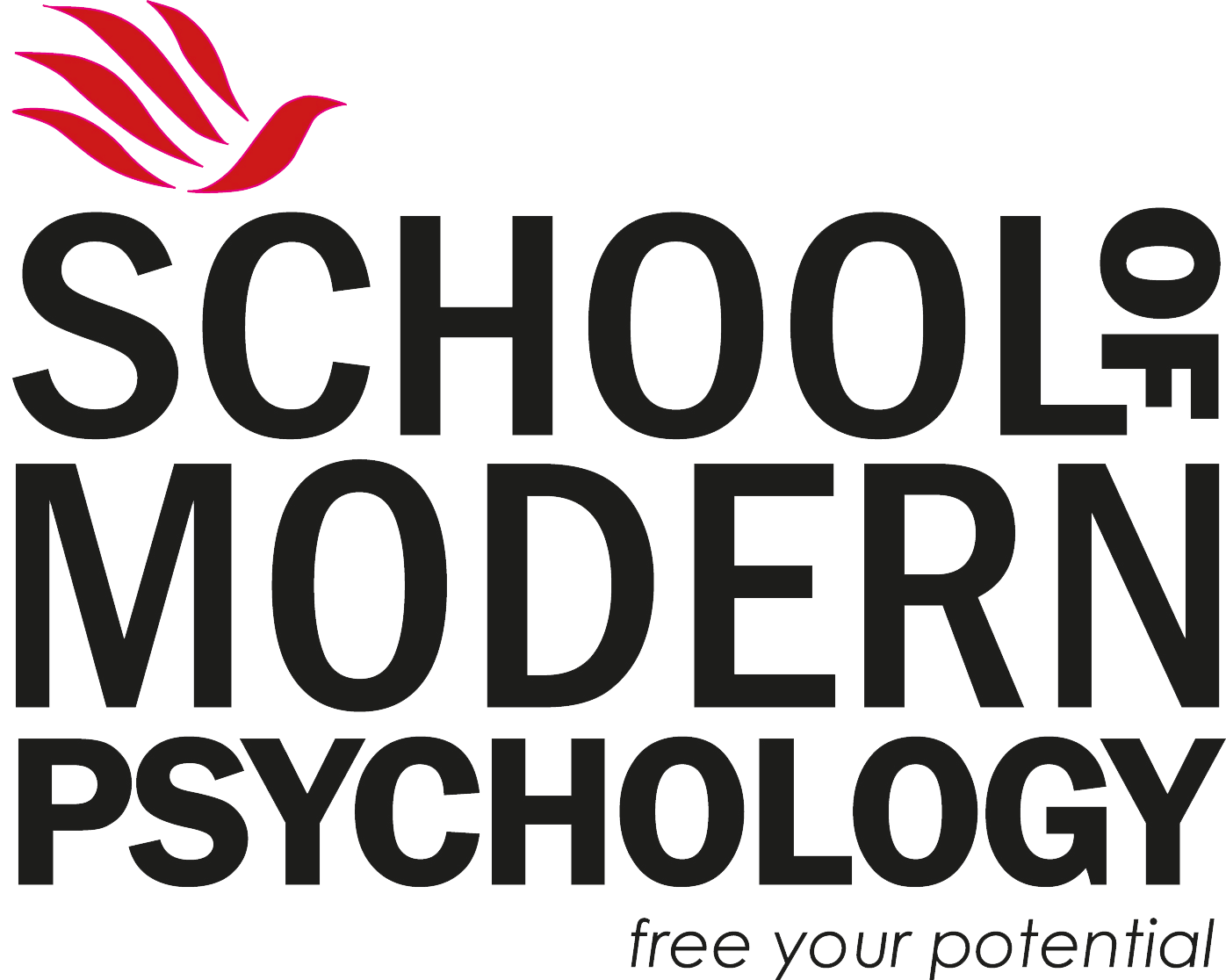5 Steps To Master Anything. Like A Pro.
/Being top of the class used to be a predictor of success. Along with your IQ — a they offered a passport to … anything you wanted.
That was then.
These days your school record and IQ score are as good a predictor of success as your hair colour is.
In fact, having a high IQ slows many down. Keeping the ‘must-learn-more’ loop of academia alive. Not so smart.
It’s what you do with what you have that makes the difference. And while the outward signs of successful lives can be found in many people’s daily habits, that’s not the full story.
Here’s why.
“We’ve greatly exaggerated the risk of sinking, without celebrating the value of swimming.” — Seth Godin
Habits can be slippery suckers to maintain. If they were easy to grasp and hold onto, it’s likely you’d be in the top 1% of successful people on the planet.
Reality check. I’m imagining you’re not where you want to be … yet. Most aren’t. Even those you may consider successful. Because success is an intoxicating liquor. A little is never enough. And to those on a journey of self-improvement, the quest for higher standards is always on the rise.
Yet without having the meaning behind what success brings, it’s … meaningless. Achieving a goal isn’t always followed by euphoria, more of a ‘oh, so this is it’ reaction.
Take for example Tim Ferris, author of the Four Hour Work Week. He’s made an art of being successful in any area he chooses to focus on. Yet, as I look at his success — I’m distracted. Becoming a champion in boxing, ball-room dancing and publishing best sellers says a lot about a person.
He’s a human guinea pig for what’s possible.
And a super successful person practicing ‘what-next’ syndrome.
Without a purpose for the goal, learning new skills are the end result. They’re rarely the reason to succeed. It’s just another tick off the bucket list or a step towards a bigger title.
What I do love about Ferris and his work is that he uses an old art form to master modern day goals in a fraction of the time. Skills that some spend an entire lifetime working towards.
How To Prime Your Mind For Success Using An Old Master’s Technique
“The only way to know the truth in a movement is to do it with your own body.” Twyla Tharp
Art students in the 19th century learned to paint by ‘copying’ old masters. They’d sit in galleries standing in the same way as the artist would. Holding a brush at a certain angle. And in emulating a master’s work, the students learnt more than a teacher could ever describe.
In seeing discrete elements of the paintings students could deconstruct the whole. It was a time to investigate composition, light, technique, perspective, balance and colour palette. All the myriad of micro-skills the master had gathered over decades.
These studies taught them how to learn. How to think.
How to get into the mind of a master.
To see what he saw.
To sense a place captured through its cultural lens.
And to echo the scent of humanity through a solitary gaze.
Writers do something similar. Often writing out paragraphs, pages and even entire novels to gain the sense of rhythm and a feel for the unsaid hovering between phrases.
It’s how Ferris does what he does. Moving between art forms, mastering the seeming impossible.
#5 Steps To Mastering Anything
“It’s lonely at the top. Ninety-nine percent of people in the world are convinced they are incapable of achieving great things, so they aim for the mediocre. The level of competition is thus fiercest for ‘realistic’ goals, paradoxically making them the most time and energy-consuming.” — Tim Ferris
When Ferris wants something, he doesn’t do ‘dabbling’. He’s in it for the kill. And he uses an approach that most successful people intuitively do.
And in executing the process, they make it look elegantly simple. Seamless. Sophisticated. Soooo easy. So that others look and say, “A four-hour work week? Hallelujah!!”
The story starts with ‘modelling’.
… And ends with ‘modelling’.
Success leaves clues.
Here they are:
How To Start:
“The starting point of all achievement is desire.” — Napoleon Hill
A. Choose what you want to master.
B. Write down what about this is important for you. What will you do with it in your life?
C. Find someone already excelling in this area.
John Grinder and Richard Bandler studied excellence around personal transformation. They looked to professional clinicians achieving consistent success with their clients. Namely family therapist, Virginia Satir, and renown psychologist and hypnotherapist, Milton Erickson.
Grinder and Bandler modeled everything Erickson did — including the wheel chair Erickson used for mobility along with his love of wearing purple suits (Erickson was colour blind). In the process, Grinder and Bandler mapped Erickson’s language patterns, what he noticed and how he noticed it.
In finding the essence and essential techniques Erickson used, Grinder and Bandler began removing elements — at a time. Along the way, making sure they could replicate Erickson’s results. It turned out the wheel chair and purple suits weren’t necessary for creating lasting change in people.
The technique is known as modelling. It’s one of the core backbones of Neuro Linguistic Programming (NLP) that Grinder and Bandler created as a result of their research.
‘Model’ by ASK-ing Yourself These #5 Questions
“We believe what we want to believe, and once we believe something, it becomes a self-fulfilling truth.” — Seth Godin
#1: ASK: What is this person doing to get results?
Think in high-level chunks. What will look effortless won’t be. Look with a critical eye.
What environment are they creating for themselves to do what they do? (Myla Twarp, choreographer and dancer, said of her 2-hour 5am daily gym workout: “Once I’m in the taxi, I’m done.”
How does this person self-identify? Step into their shoes. Imagine being them. Stand like them. What do they say about themselves?
What are their specific behaviours that get results? (Think daily routines)
#2: ASK: What micro-skills are involved in their art, their business growth, or their leadership processes?
Bring down your thinking from big chunks to tiny ones — the micro-skills that need mastery.
What is their attitude towards their ‘art’: what they do and how they do it?
What’s the mindset they bring to their work?
What do they ask others to bring?
#3: ASK: What are the most important skills that will nudge the needle for you?
Break the list of skills you’ve created into 2 piles, one for must-have, the other for nice-to-have.
Which are the most important ones and the least important ones?
Focus on the ones that will create a difference.
#4: ASK: If my ‘mentor’ was teaching me, what 5-Step formula would he/she teach me?
Think of existing sequences you know. Even simple routines such as brushing your teeth has a sequence. Making coffee has a sequence. Everything you do has a sequence you follow.
It’s in breaking the sequence into chunks and creating a system around it that you’ll maximise your results.
#5: ASK: What will be your motivation strategy?
The most powerful motivation strategy is an away-from strategy.
That’s why people like Ferris say ‘get accountable’. Telling others about your goal means you can’t kid yourself or give yourself a break. Failure doesn’t feel good when it’s public. So having someone raise their eyebrow at you is similar to your mother tapping her toe and pointing a finger in your direction as an eight-year-old.
Your Take-Away:
Choices are at the root of every one of your results. Each choice starts a behavior that over time becomes a habit. Darren Hardy
Learning requires action. It is never passive. That’s called day dreaming.
One of the keys to success is in setting up your day so you can take action on what you’ve learnt.
Habits remove the problem of ‘winding yourself into the day’. They take care of the details. And set you up for success.
For creating your own sequence of success. And this requires a creative and proactive view.









